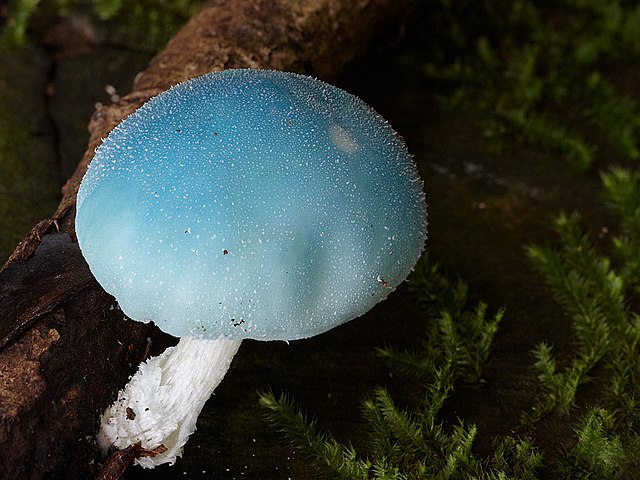Following the April 2, 2024 announcement of the discovery of a new variant of Coprinopsis cinerea, an edible mushroom in India, focus has shifted to identifying its culinary potential.
Researchers at ICAR-Central Plantation Crops Research Institute (CPRI) first spotted the mushroom thriving on the husk of an arecanut. Since that discovery, Harish Rai Derla, a farmer from Puttur in Karnataka has become the first to cultivate the mushroom.
So far, Derla has harvested the fungus twenty times, thus confirming its year-round seasonality. The spring harvest in March 2024 has shown greater yields than cold season months, yet another insight for future farmers.
In physiological terms, Coprinopsis is a fungal genus that plays an important role in recycling organic matter through decomposition.
Potential Pharmaceutical Benefits
Apart from the decomposition effect, Coprinopsis cinerea could bring essential compounds that could produce human drugs.
Researchers at ICAR-CPRI are already studying possible immunity and anti-toxic effects of the new plant.
They cite the presence of many bioactive elements that can cure inflammation and similar lumps that result from toxic buildup.
Commercialization of New Edible Mushroom
Secondly, there is also the commercialization aspect, which will enable gourmets to access the mushrooms at restaurants.
The first step towards commercialization is localizing arecanut dehusking processes at farms to ensure the mushrooms grow on the harvested waste. Dehusking after areca harvests in India currently takes place in mills, meaning that waste matter is lost.
To insure proper nutrition, scientists are planning to inject supplemental nutrients into the fungi during its growing phase. This will add to its reputation as a delicacy with not only natural anti-inflammation benefits but culinary advantages, too.
Injection of supplements to fungi plants happens through co-cultivation with samples of other matter such as co-cultivation with beneficial bacteria.
Grey shag, as the mushroom is sometimes called due to its color and form, needs direct consumption after harvest. If not, it ought to store in frozen form to prevent decomposition.
Home to 283 wild edible mushrooms, India is one of the bastions of the world’s 2000 wild edible mushrooms.
As a result of their popularity especially among vegetarians, mushrooms are affordable in India. Button mushrooms or the tiniest varieties cost the least at wholesale, from 150 to 260 rupees ($1.80-3.11) a kg. Retail prices for all types of mushrooms are quite low for established species and astronomical for any new edible mushroom.
